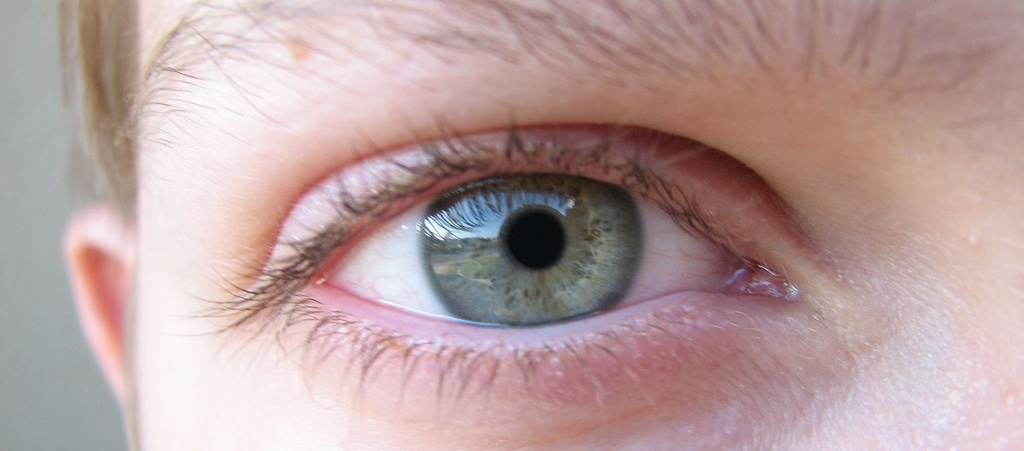
Radiotherapy consists of the use of high energy rays to destroy or reduce the tumor cells of a specifically defined area. Directing radiation towards the eye helps to weaken the tumor and to stop it from growing.
The two main types of radiotherapy used in ophthalmology are: ·
Radiotherapy is commonly used to treat malignant intraocular tumors, such as:
In addition, it can be used in some cases of benign tumors or thyroid orbitopathy.
Radiotherapy needs a prior examination to establish the most appropriate type of radiotherapy and to target the area that will be treated. To do so, it is necessary an exhaustive ophthalmological exam, as well as other imaging tests and a metastasis detection test.
In brachytherapy, an operation is performed under local anesthesia as an out-patient (without admission). Prior to the operation, the surgeon determines what type of plaque will be used and the intensity of the radiation, that will contain iodine and ruthenium, taking in account the size and the location of the tumor. After that, the plaques will be placed alongside the eye, covering the intraocular tumor.
After surgery, the plaque stays in place for several days giving off a high dose of radiation aimed to destroy tumor cells or to make them become atrophied. In some cases (when the tumor is bigger), plaques with iodine may be used. In that case, the patient will stay in admission and isolated to prevent radiation from affecting other people. Some days after the surgery, the patient will have another surgery to remove the plaques.
In external beam radiotherapy, rays are aimed directly to the tumor from the outside of the eye using a therapy machine, which can be of different types (proton therapy, radiosurgery, linear accelerator) according to the type of tumor to be treated.
Before having external radiotherapy, it may be needed to have a surgery under local anesthesia to put in small metal clips that will help to give the treatment accurately. After a few days, the administration of radiotherapy begins, which may be necessary for several consecutive days until the desired results are obtained.
After the treatment it is possible to experience some eye discomfort. In addition to that, some hygienic tips for the eye can be followed:
The final effect of the radiation on the tumor cannot be determined until a few months later. Nevertheless, it is a highly effective treatment that, in some patients, allows them to preserve vision, depending on the type of melanoma and its location. In cases where the tumor is closer to the optic nerve, the visual prognosis could be less advantageous.

Contact us or request an appointment with our medical team.